Forex Strategies: Different Approaches and Methods to Achieve Profitable Trades
In the fast-paced world of Forex trading, having a well-defined strategy can be the key to success. The Forex market, also known as the foreign exchange market, offers endless opportunities for traders to profit, but it can be highly volatile and challenging to navigate without the right approach. This article aims to provide you with valuable insights into a diverse range of Forex strategies that can help you achieve profitable trades consistently. From technical analysis to risk management, we'll cover it all, backed by expert knowledge and credible sources.
Table Content
A. Forex Strategies: Different Approaches and Methods
1. Scalping: Profiting from Small Price Movements
2. Day Trading: Seizing Opportunities Within a Single Day
3. Swing Trading: Riding the Waves of Price Swings
4. Position Trading: Long-Term Profit Potential
5. Trend Following: Going with the Market Flow
6. Breakout Trading: Catching Price Breakouts
7. Carry Trading: Capitalizing on Interest Rate Differentials
8. Range Trading: Trading Within Defined Boundaries
9. News Trading: Reacting to Economic Events
10. Grid Trading: Building a Grid of Buy and Sell Orders
11. Martingale Strategy: Doubling Down on Losses
12. Hedging: Minimizing Risk Exposure
13. Price Action Trading: Reading the Language of Price
14. Algorithmic Trading: Leveraging Automated Systems
15. Elliot Wave Theory: Predicting Market Cycles
16. Ichimoku Cloud: A Comprehensive Indicator
17. Fibonacci Retracement: Identifying Potential Reversal Levels
18. Position Sizing: Managing Risk and Reward
19. Multiple Time Frame Analysis: A Holistic View
20. Divergence Trading: Spotting Trend Reversals
21. Seasonal Trading: Exploiting Seasonal Patterns
22. Mean Reversion: Betting on Price Mean
23. Copy Trading: Emulating Successful Traders
24. Renko Charts: Simplifying Price Movements
25. Volatility Trading: Profiting from Market Swings
B. FAQs (Frequently Asked Questions)
C. Footnote
Forex Strategies: Different Approaches and Methods
In this section, we will delve into a variety of Forex strategies that traders employ to enhance their trading performance. Each strategy caters to different market conditions and risk tolerances, allowing you to choose the one that aligns best with your trading goals.
1. Scalping: Profiting from Small Price Movements
Scalping is a popular strategy that involves making small profits from numerous trades throughout the day. Traders who use this approach focus on capturing tiny price movements, aiming to accumulate significant profits over time. This strategy requires quick decision-making, and traders often use high leverage to maximize their gains.
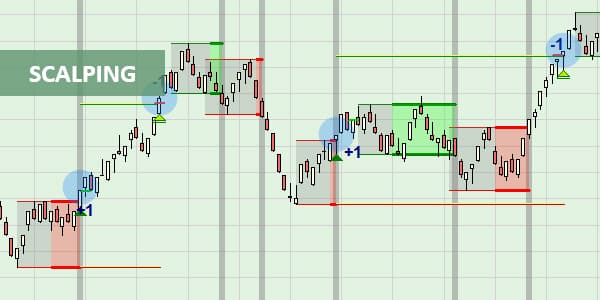
2. Day Trading: Seizing Opportunities Within a Single Day
Day trading involves opening and closing positions within the same trading day. Traders who opt for this strategy capitalize on short-term market fluctuations. It requires a solid understanding of technical analysis and a keen eye for market trends. Day traders must also be disciplined and have strict risk management practices in place.
3. Swing Trading: Riding the Waves of Price Swings
Swing trading revolves around holding positions for several days or weeks, taking advantage of medium-term price movements. Traders using this strategy rely on technical analysis to identify potential entry and exit points. Swing trading offers the advantage of requiring less time monitoring the markets compared to day trading.
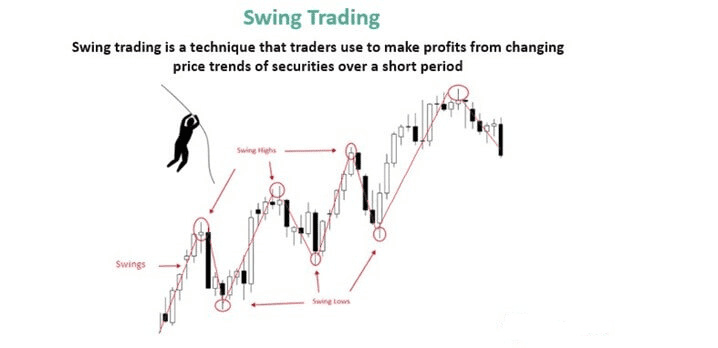
4. Position Trading: Long-Term Profit Potential
Position trading involves holding trades for weeks, months, or even years. This strategy is suitable for traders who prefer a more relaxed approach and are willing to withstand short-term market fluctuations in pursuit of long-term profit potential. Fundamental analysis plays a crucial role in position trading.
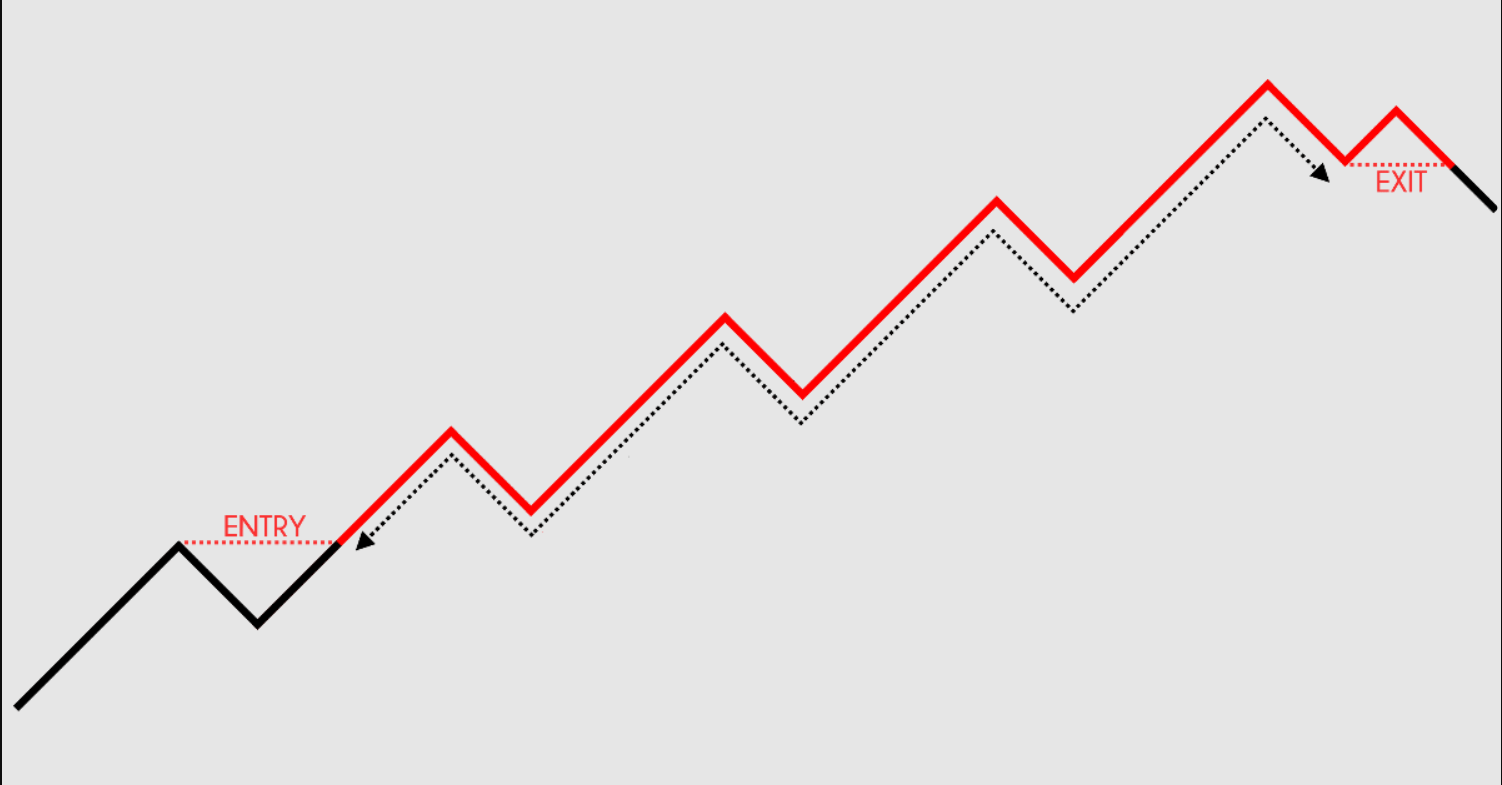
5. Trend Following: Going with the Market Flow
Trend following is a strategy that relies on identifying and following the prevailing market trends. Traders using this approach aim to enter positions in the direction of the established trend, anticipating that it will continue. Technical indicators such as moving averages are commonly used to identify trends.
6. Breakout Trading: Catching Price Breakouts
Breakout trading involves entering a position when the price breaks above or below a significant level of support or resistance. Traders using this strategy believe that these breakouts indicate the start of a new trend. This approach requires patience and discipline, as false breakouts can occur.
7. Carry Trading: Capitalizing on Interest Rate Differentials
Carry trading entails borrowing funds in a currency with a low-interest rate and investing them in a currency with a higher interest rate. Traders earn the difference between the interest rates, known as the "carry." This strategy is suitable for traders who understand the impact of interest rates on currency values.
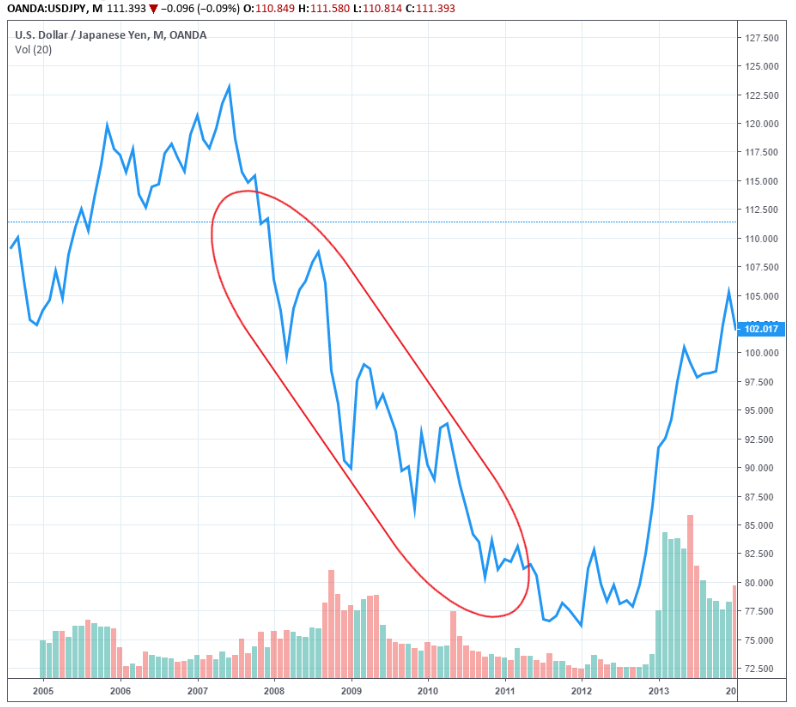
Sources from Tradingview
8. Range Trading: Trading Within Defined Boundaries
Range trading involves identifying price ranges in which a currency pair moves and executing trades within those boundaries. Traders using this strategy buy near support levels and sell near resistance levels. Range trading is ideal for stable market conditions with no clear trend.

Sources from MT4
9. News Trading: Reacting to Economic Events
News trading focuses on taking advantage of market volatility resulting from significant economic events or news releases. Traders using this strategy closely monitor economic calendars and execute trades based on the news impact. News trading requires quick execution and a deep understanding of market reactions to events.
10. Grid Trading: Building a Grid of Buy and Sell Orders
Grid trading involves placing buy and sell orders at regular intervals above and below the current price. This strategy aims to profit from price fluctuations within the grid. Traders using this approach must be cautious of sudden market movements that may lead to increased exposure.
11. Martingale Strategy: Doubling Down on Losses
The Martingale strategy is a risky approach where traders double their position size after each losing trade. The idea is that a winning trade will recover the losses and generate a profit. However, this strategy requires strict risk management to avoid significant drawdowns.
12. Hedging: Minimizing Risk Exposure
Hedging involves opening opposite positions in the same or correlated instruments to offset potential losses. This strategy is used to protect against adverse market movements and can be particularly helpful during times of uncertainty.
13. Price Action Trading: Reading the Language of Price
Price action trading relies on analyzing raw price movements without the use of indicators. Traders using this strategy focus on understanding market sentiment, support and resistance levels, and candlestick patterns.
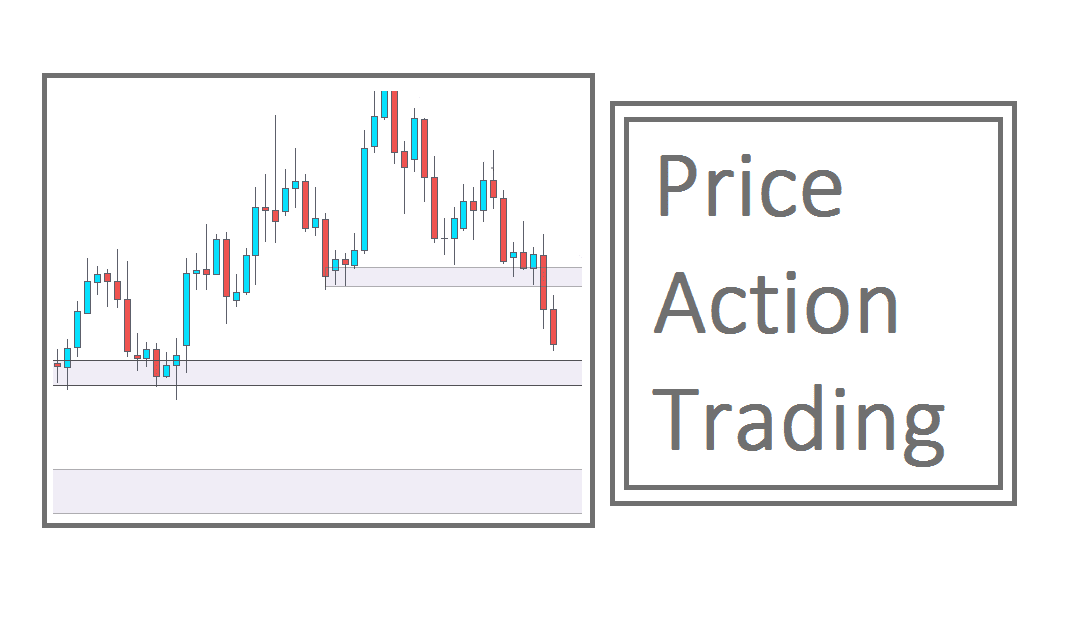
14. Algorithmic Trading: Leveraging Automated Systems
Algorithmic trading utilizes computer programs to execute trades based on pre-defined criteria and rules. Traders employing this strategy benefit from speed and efficiency in executing trades and can backtest their algorithms using historical data.
15. Elliot Wave Theory: Predicting Market Cycles
The Elliot Wave Theory is a complex strategy that aims to predict market cycles by analyzing wave patterns. Traders using this approach attempt to identify waves of different degrees and anticipate future price movements.
16. Ichimoku Cloud: A Comprehensive Indicator
The Ichimoku Cloud is a versatile indicator that provides insights into support and resistance levels, trend direction, and momentum. Traders using this strategy rely on the cloud to make informed trading decisions.
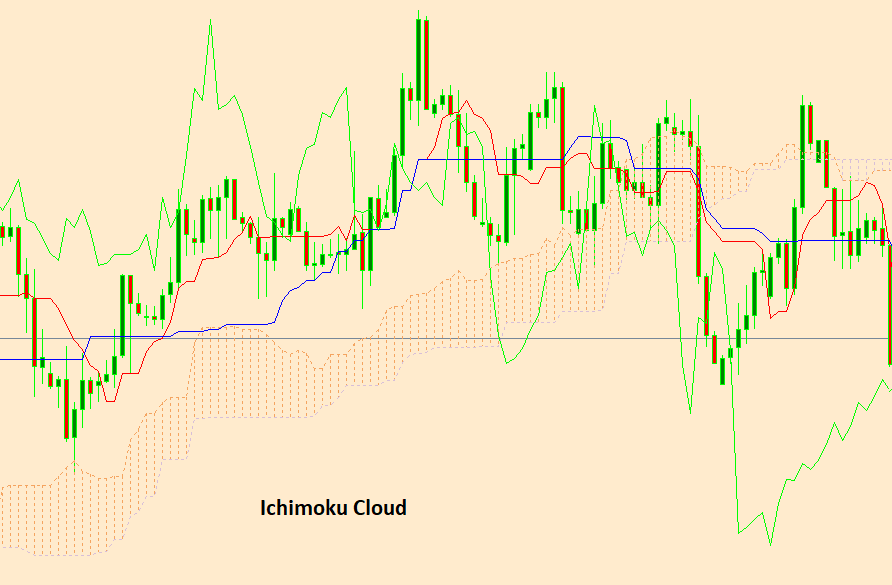
Source from MT4
17. Fibonacci Retracement: Identifying Potential Reversal Levels
Fibonacci retracement is based on the belief that price movements follow specific ratios. Traders using this strategy identify potential reversal levels by plotting these ratios on their charts.
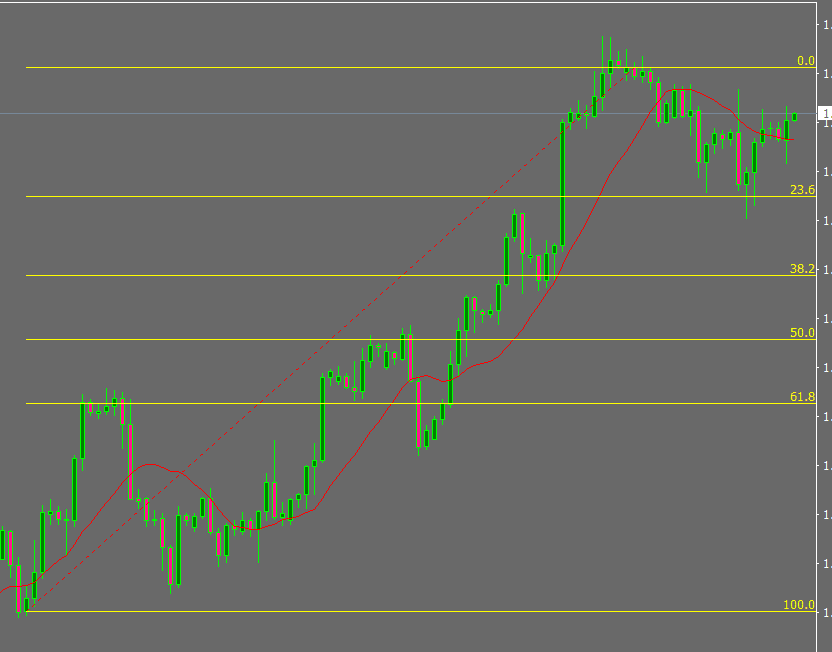
Sources from MT4
18. Position Sizing: Managing Risk and Reward
Position sizing is not a specific trading strategy but a crucial component of successful trading. Traders must determine the appropriate position size for each trade based on their risk tolerance and the potential reward.
19. Multiple Time Frame Analysis: A Holistic View
Multiple time frame analysis involves examining price data across various time frames. Traders using this approach gain a comprehensive understanding of the market's current state and its long-term trends.
20. Divergence Trading: Spotting Trend Reversals
Divergence trading involves comparing price movements with indicators to identify potential trend reversals. Traders using this strategy look for divergences between price and momentum indicators.
21. Seasonal Trading: Exploiting Seasonal Patterns
Seasonal trading involves identifying patterns that tend to repeat at specific times of the year. Traders using this strategy capitalize on these seasonal patterns to make informed trading decisions.
22. Mean Reversion: Betting on Price Mean
Mean reversion is based on the belief that prices tend to revert to their historical averages. Traders using this approach buy assets they believe are undervalued and sell overvalued assets.
23. Copy Trading: Emulating Successful Traders
Copy trading allows traders to mimic the trades of experienced and successful traders. This strategy is particularly useful for beginners or traders who wish to diversify their portfolios.
24. Renko Charts: Simplifying Price Movements
Renko charts display price movements using bricks of fixed sizes, filtering out noise and focusing on significant price changes. Traders using this strategy can gain a clearer view of trends and reversals.
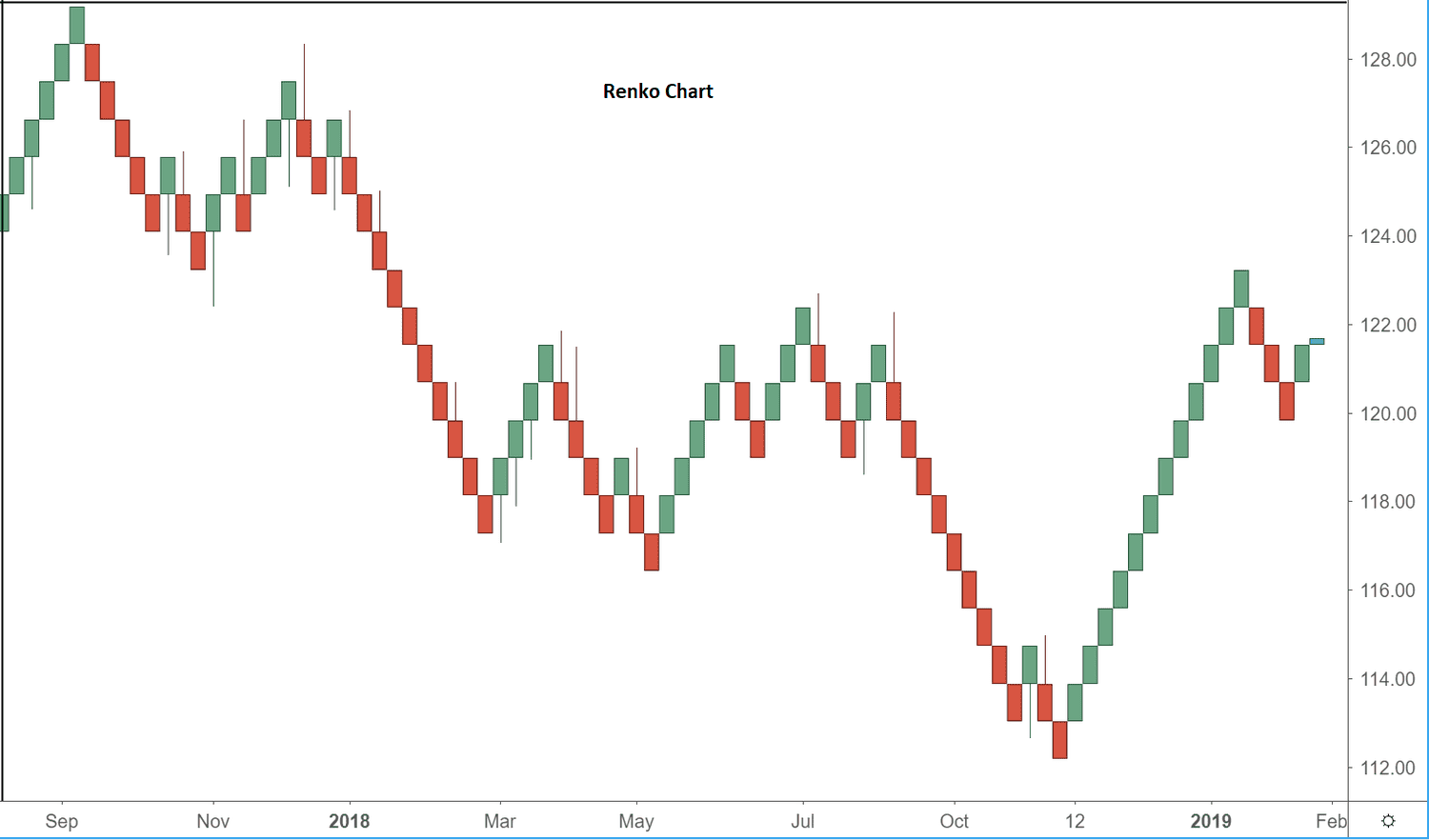
25. Volatility Trading: Profiting from Market Swings
Volatility trading involves capitalizing on fluctuations in market volatility. Traders using this approach can benefit from sharp price movements and heightened market activity.
FAQs (Frequently Asked Questions)
- What is the Best Forex Strategy for Beginners?
- For beginners, a simple strategy like trend following or breakout trading is recommended. These strategies are relatively easy to understand and implement, making them suitable for those new to Forex trading.
- Which Forex Strategy Has the Highest Profit Potential?
- The strategy with the highest profit potential can vary depending on market conditions and individual trading styles. Scalping and day trading can offer significant profit potential but come with higher risks. Position trading and trend following, on the other hand, may yield substantial profits over the long term.
- How Can I Minimize Risk in Forex Trading?
- Risk management is essential in Forex trading. Always use stop-loss orders to limit potential losses, avoid risking too much capital on a single trade, and diversify your trades to spread risk across different assets.
- Is Forex Trading Suitable for Everyone?
- While Forex trading offers lucrative opportunities, it is not suitable for everyone. It requires a deep understanding of the market, risk tolerance, and the ability to handle potential losses. Individuals should consider their financial situation and trading experience before entering the Forex market.
- Can I Use Multiple Forex Strategies Simultaneously?
- Yes, many traders use a combination of strategies to diversify their trading approach. However, it is essential to thoroughly understand each strategy and how they interact with one another to avoid conflicting signals.
- Are Automated Trading Systems Reliable?
- Automated trading systems can be reliable when properly developed and tested. However, they are not foolproof and should not replace a trader's judgment. Regular monitoring and optimization are necessary to ensure the system's effectiveness.
Footnote
In Summary, Forex trading offers tremendous opportunities for profit, but success requires a well-thought-out strategy. This article has explored a comprehensive range of Forex strategies, each catering to different trading styles and market conditions. Whether you prefer short-term scalping or long-term position trading, it is essential to combine expert analysis, risk management, and discipline to achieve profitable trades consistently. Remember, no strategy guarantees success, and continuous learning and adaptation are key to thriving in the dynamic Forex market.











Discussion